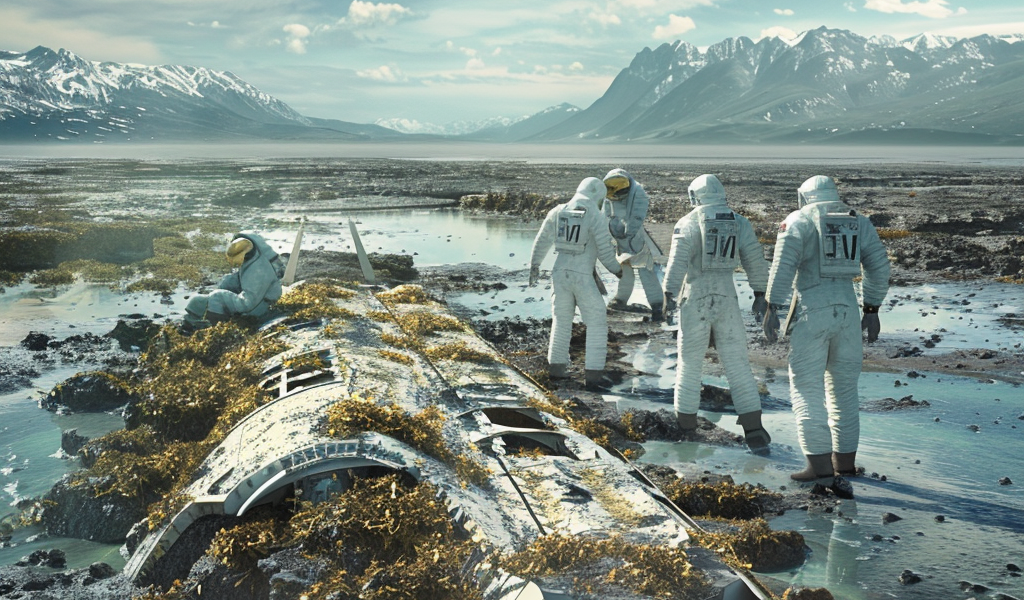NASA and SpaceX are collaborating to address the growing concern of space debris and its potential hazards. The United Nations set an agreement in 1972, holding countries responsible for damages caused by their space launches. Recently, The Glamping Collective discovered a piece of SpaceX trunk on their property, highlighting the increasing presence of space debris on Earth.
Recent revelations from NASA indicate that debris from SpaceX missions may not completely burn up upon re-entering Earth’s atmosphere, contrary to previous assumptions. This poses a heightened risk of surface impacts, with at least five instances recorded where debris made it to the surface.
Thankfully, no injuries or significant damages have been reported from these incidents. However, the findings underscore the need for improved debris modeling and mitigation strategies to safeguard against potential risks to human lives and property.
In a recent discovery, groundkeepers in North Carolina stumbled upon a section of a Dragon spacecraft trunk on a private mountaintop. The spacecraft’s trunk, designed for cargo transport, was expected to disintegrate during re-entry, but the recent findings challenge these assumptions.
NASA and SpaceX are now tasked with enhancing spacecraft designs to minimize the risk of debris reaching the Earth’s surface. Despite the lack of public statements from SpaceX regarding these incidents, both organizations are committed to exploring solutions to mitigate the risks associated with space debris.
As SpaceX’s Crew-8 prepares to return from the International Space Station in August, NASA warns of potential additional debris. The need for proactive measures to address the increasing presence of space debris and its potential impacts on Earth and space missions is more crucial than ever.





